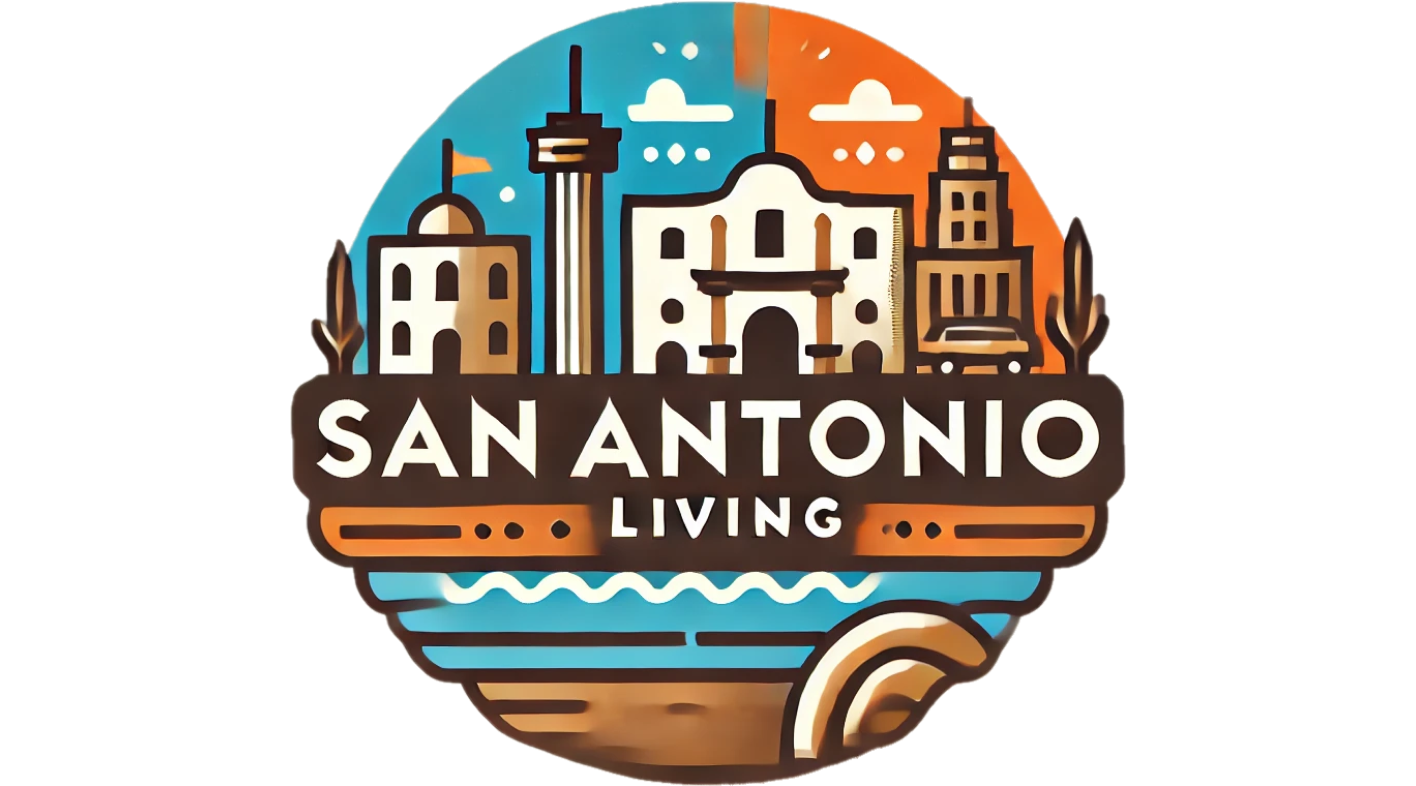
A Tragic Incident Shakes the San Antonio Community
The recent death of a San Antonio high school student after being struck by a vehicle near John Jay High School has ignited a profound sense of loss and concern within the community. This tragic event, which occurred on September 16, 2025, highlights the ongoing issues surrounding student safety in school zones and the responsibilities that come with sharing public roads.
Details of the Incident
On that fateful day, an 11th-grade boy was crossing Marbach Road at approximately 2 p.m. when he was hit by a gray Ford F-150. Despite immediate medical attention, the young student succumbed to his injuries later, prompting an outpouring of grief and support for the family and school community. Northside Independent School District (NISD) officials released a statement emphasizing the district's commitment to student safety and announced the availability of professional counseling for students affected by the incident.
Community Responses and Safety Measures
The aftermath of this accident has prompted significant reflection within the San Antonio area. Local school officials are reiterating the importance of adhering to speed limits and being especially vigilant in school zones. According to reports, the student was utilizing a designated crosswalk at the time of the collision, underscoring the need for increased awareness from drivers during peak student travel times. In an effort to promote safety, NISD plans to implement enhanced safety reminders and ongoing monitoring at high-traffic areas.
Statistics Highlight the Severity of School Zone Incidents
Incidents like this are not isolated; they reflect broader trends in traffic-related accidents involving pedestrians, particularly in school zones. According to the National Highway Traffic Safety Administration, nearly 6,000 pedestrians were killed in traffic accidents in 2021 alone, and many of these tragedies occur near schools. This alarming statistic emphasizes the urgent need for communities to prioritize pedestrian safety, with particular attention to youth who may not yet fully understand the complexities of roadway safety.
Looking Forward: Community Action for Safer Roads
In response to this tragic event, local leaders are being called upon to re-evaluate and enhance safety measures across San Antonio’s school zones. Possible strategies include implementing additional traffic calming measures, increasing the presence of crossing guards, and utilizing technology like speed cameras to monitor and improve driver behavior. These steps could significantly reduce risks for students and ensure that such heart-wrenching incidents are minimized in the future.
The Role of Parents and Educators
This incident serves as a critical reminder for parents and educators alike to engage in conversations with students about road safety. Discussing the importance of using crosswalks, being alert to surrounding traffic, and understanding pedestrian signals can equip young individuals with the knowledge necessary to navigate streets safely. Schools can further support this by integrating traffic safety education into the curriculum, fostering a culture of safety awareness.
An Emotional Toll on the School Community
The emotional impact of losing a peer is profound, particularly for students and staff at John Jay High School. This tragedy not only affects the family of the deceased but also resonates throughout the entire school community. Students may struggle with feelings of grief and uncertainty, and supportive resources, such as counseling and open forums for discussion, can help facilitate healing.
In conclusion, while this incident is a stark reminder of the vulnerability of students on public roads, it also emphasizes the shared responsibility of both drivers and pedestrians in promoting safety. The San Antonio community must come together to advocate for safer school environments and ensure that no more young lives are lost to preventable tragedies. As we remember the life of the student involved in this accident, let us take proactive steps to protect our children.
 Add Element
Add Element  Add Row
Add Row 



Write A Comment